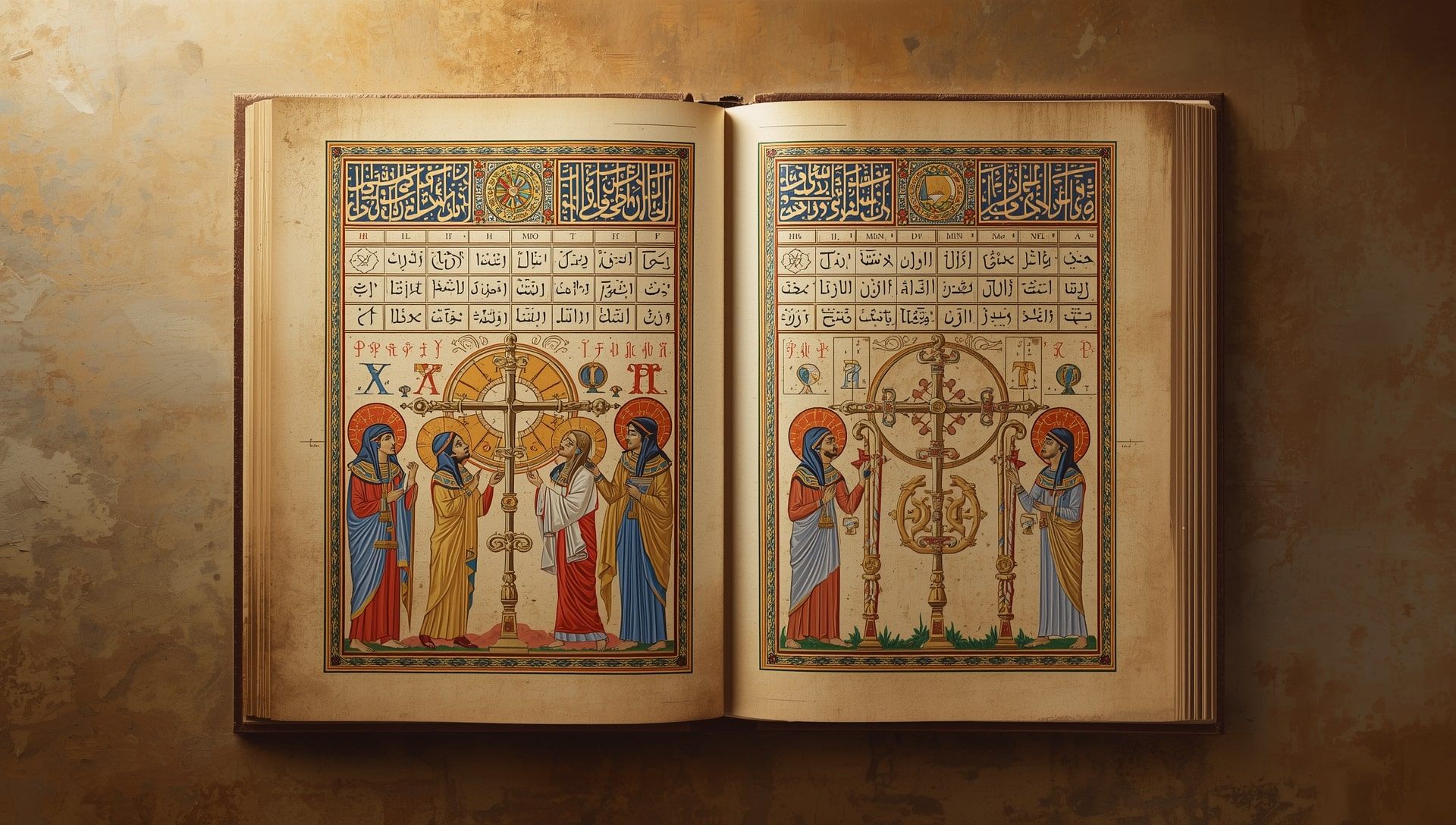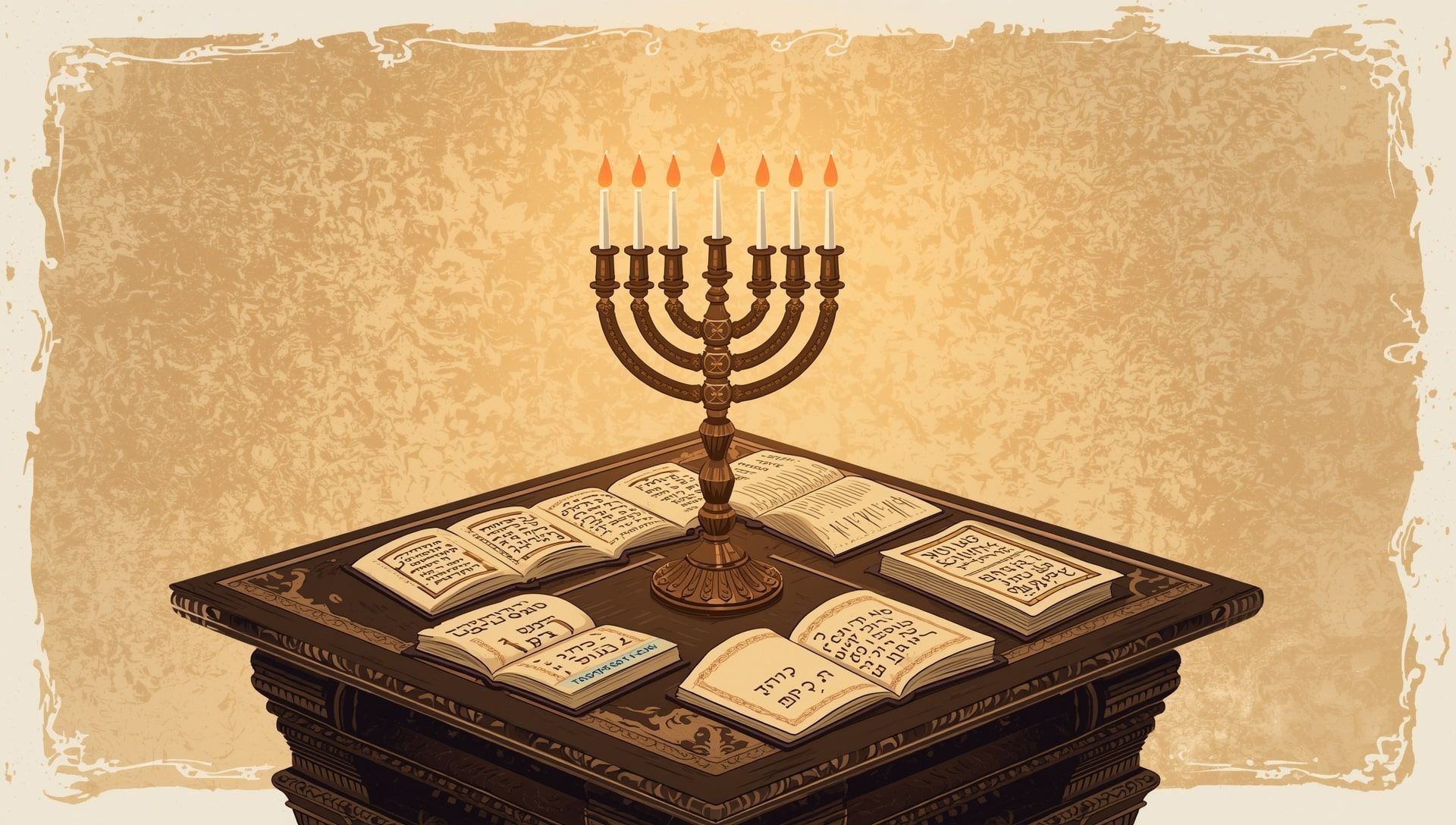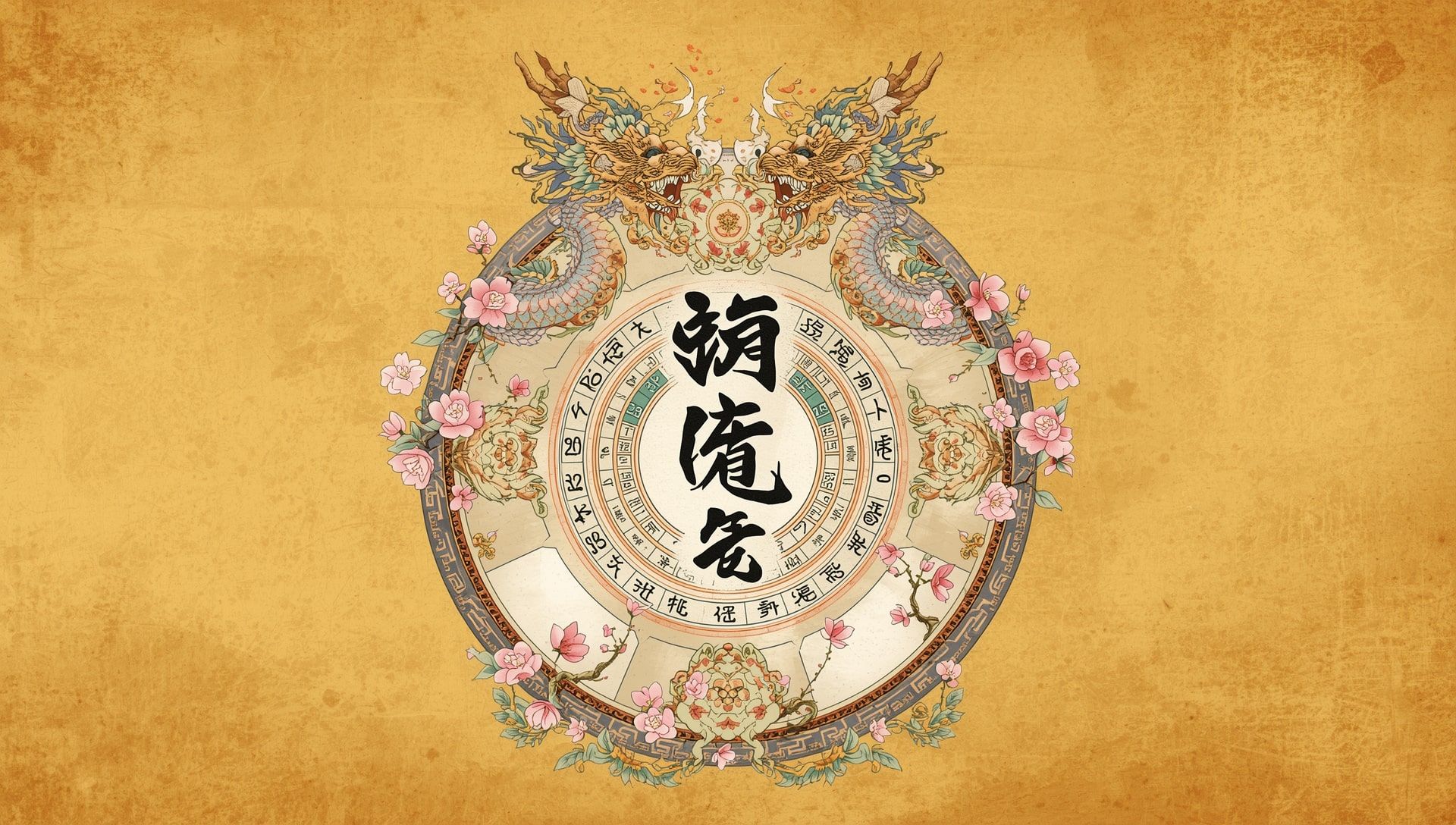The Coptic Calendar stands as one of humanity’s oldest continuous timekeeping systems. Born in ancient Egypt and still in use today by the Coptic Orthodox Church, it’s both practical and spiritual. It connects festivals, harvests, and sacred moments with the predictable pattern of the sun. Unlike the Western Gregorian calendar, which many people use now, the Coptic system preserves a simpler, balanced harmony that feels almost poetic in its structure.
Roots in Ancient Egypt
The story of the Coptic Calendar begins with the ancient Egyptians. They observed the flooding of the Nile, which marked a new year and was vital for crops. This event guided them to divide the year into twelve months of thirty days each. They added a small five-day period at the end, called the epagomenal days, to complete the solar cycle.
When Christianity took root in Egypt, this calendar evolved into the Coptic system we know today. It became the official timekeeper for the Coptic Church and a cultural anchor for Egyptian Christians. Its precision and agricultural foundation meant people could align their faith and farming lives with nature’s dependable cycles.
Structure of the Calendar
The Coptic year has thirteen months. Twelve of them contain thirty days each, and the thirteenth month, known as “Pi Kogi Enavot,” has five days, or six in a leap year. Each month carries an ancient Egyptian name and retains a deep seasonal connection. You can compare this structure to how the Julian calendar organizes its leap years.
| Month | Approx. Gregorian Equivalent | Meaning |
|---|---|---|
| Thout | September | Named after Thoth, god of wisdom |
| Paopi | October | Named after the opening of the Nile’s waters |
| Hathor | November | Month of the goddess Hathor, linked to love and joy |
| Koiak | December | Associated with preparation and devotion |
| Tobi | January | Time for blessing the waters of the Nile |
| Meshir | February | Linked with harvest growth |
| Paremhat | March | Named for the god Amun-Ra |
| Paremoude | April | Time of renewal and greenery |
| Pashons | May | Named after Khonsu, god of the moon |
| Paoni | June | Period of maturing crops |
| Epip | July | Season of heat and gathering |
| Mesori | August | Harvest month, ending the year |
| Pi Kogi Enavot | Late August or early September | The small month, completing the year |
How the Coptic Calendar Differs from the Gregorian
One major difference is the leap year rule. The Coptic Calendar adds a sixth day to the thirteenth month every four years, similar to the Revised Julian system. The Gregorian system, however, skips some leap years, creating a small time drift. Because of this, the Coptic New Year currently falls on September 11 or 12 in the Gregorian calendar.
The Coptic year also aligns closely with the solar agricultural cycle of Egypt. It divides the year into three main seasons, each lasting four months, much like how weeks and seasons define cycles in modern calendars:
- 🌿 Akhet: The season of inundation, when the Nile floods and renews the soil.
- 🌾 Peret: The season of emergence, when crops begin to grow.
- 🔥 Shemu: The season of harvest, marking abundance and closure of the year.
Religious Importance
The Coptic Church uses its calendar to set every feast, fast, and commemoration. It defines the date of Easter, the Nativity, and countless saints’ days. The calendar’s rhythm builds a sacred structure around time itself, turning ordinary days into reminders of faith and continuity, similar to how liturgical seasons shape the Christian year.
The New Year, called “Nayrouz,” is particularly meaningful. It honors early Christian martyrs and celebrates spiritual renewal. Red dates and palm branches are common symbols for this day, representing blood, victory, and eternal life.
Symbols and Meanings Hidden in Time
Each Coptic month reflects an agricultural mood and a spiritual tone. Farmers once knew what to sow or reap based on it, while priests timed prayers and liturgies accordingly. This blend of the practical and the sacred gives the calendar its timeless appeal. It’s also a fascinating complement to other systems like the Babylonian calendar and Jewish timekeeping traditions.
Quick Historical Highlights
- Ancient Egyptians created the calendar around 4241 BCE.
- It originally tracked the heliacal rising of Sirius, signaling the Nile flood.
- It was adapted by Coptic Christians after the 3rd century CE.
- The Julian reform later influenced its alignment with the solar cycle.
- It continues to run parallel with modern calendars, especially in Egypt.
Modern Use and Cultural Value
Even today, Coptic farmers and clergy consult this calendar for guidance. Many rural Egyptians still mark the seasons by it. Church readings, fasts, and festivals remain bound to its dates. The sense of identity and stability it provides cannot be overstated. This enduring relevance echoes that of the Buddhist calendar in Southeast Asia.
Its use among diaspora communities, from Canada to Australia, also helps preserve cultural roots. The dates anchor people to ancestral rhythms, reminding them of heritage beyond the modern clock.
Why the Coptic Calendar Still Matters
In a world filled with digital clocks and time zone maps, the Coptic Calendar feels human. It reminds people that time can be sacred, measured not by meetings or alarms but by the sun, the soil, and the soul. Every new year brings not just a date on a screen but a renewal of memory, devotion, and identity.
- 🌅 Based on the ancient Egyptian solar year.
- 📜 Still used in Coptic liturgy and agriculture.
- 🕊️ Divided into 13 months, with 30 days each and one small month.
- 🌾 Keeps harmony between faith and farming.
- 🕯️ Coptic New Year celebrated on September 11 or 12.
Threads of Time and Faith
The Coptic Calendar does not just tell time, it tells a story. It is the story of Egypt’s ancient farmers, wise priests, and devoted believers. It speaks of water, sun, and the steady pulse of the earth. Every day within it is a small echo of history, carrying a sense of belonging that no digital clock could ever replace. The continued use of this sacred system links naturally to humanity’s shared fascination with the calendar itself.









